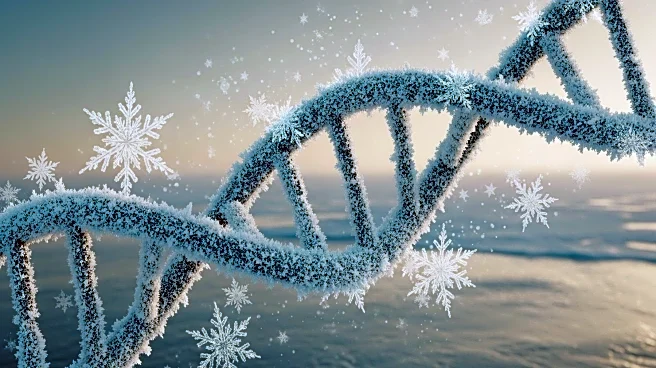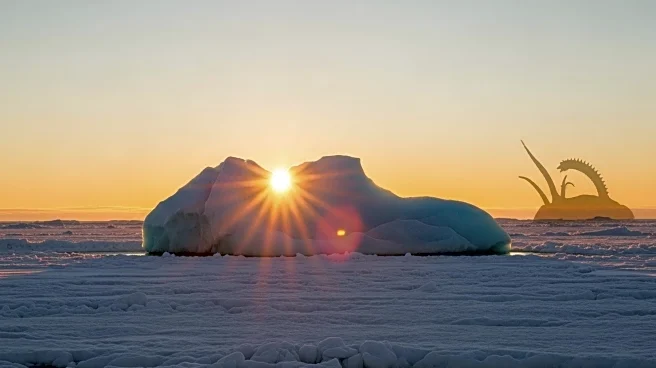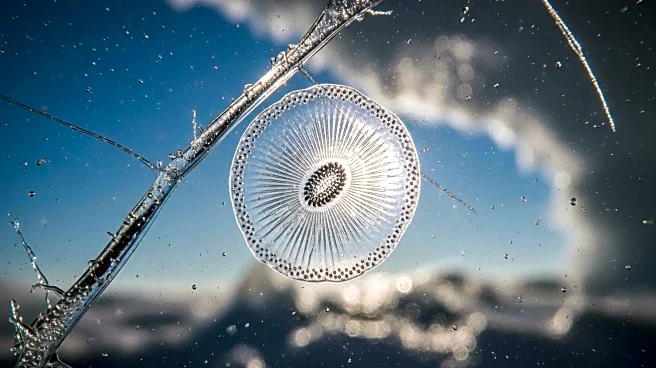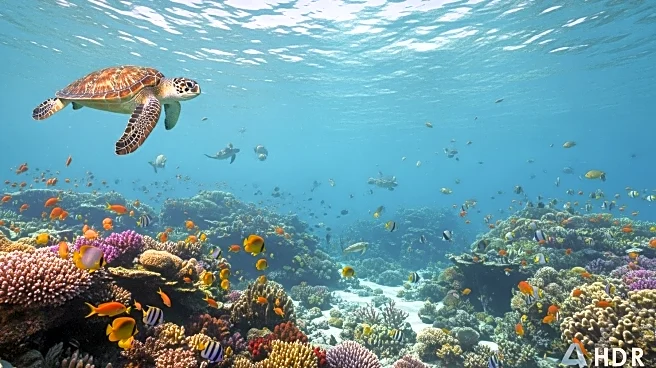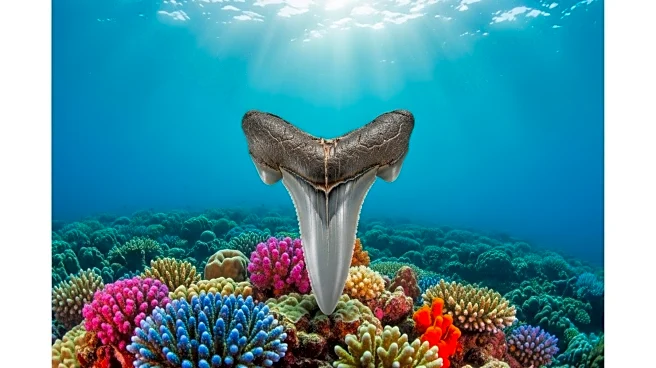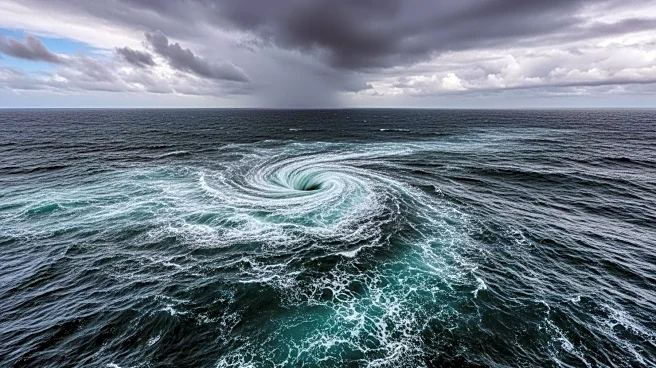What's Happening?
Researchers from the British Antarctic Survey have identified the DNA of an invasive barnacle species in the Arctic waters of Canada, indicating that the region's natural thermal barrier is weakening due to climate change. The study, published in Global Change Biology, highlights the presence of the bay barnacle, Amphibalanus improvisus, which is known for causing biofouling in European and Pacific waters. The detection was made using environmental DNA (eDNA) collected from cruise ships operating in the Arctic, where shipping traffic has increased significantly since 1990. This rise in traffic, coupled with warming waters, poses a threat of ecological disruption as invasive species are more likely to survive and establish populations.
Why It's Important?
The discovery of invasive species in the Arctic is significant as it underscores the impact of climate change on marine ecosystems. The warming of Arctic waters is facilitating the movement and establishment of non-native species, which can lead to ecological imbalances and affect local biodiversity. The increase in shipping traffic further exacerbates the risk, as ships can carry these species in their ballast water and on hulls. This situation presents challenges for environmental management and conservation efforts in the region, as invasive species can disrupt local marine life and infrastructure.
What's Next?
Scientists will continue to monitor the presence of the invasive barnacle to determine whether it represents transient larvae or a breeding population. This ongoing research is crucial for understanding the long-term ecological impacts and for developing strategies to mitigate the risks associated with invasive species in the Arctic. Stakeholders, including environmental agencies and shipping companies, may need to collaborate on policies to reduce the introduction of invasive species through shipping activities.




